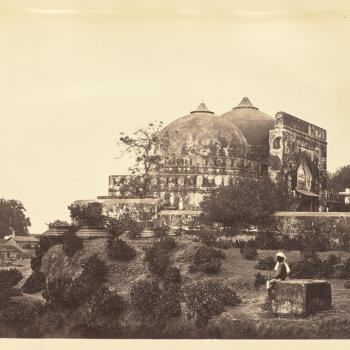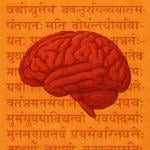Here in India music has always been recognised as the handmaid of religion and a help for the realisation of the Supreme. In such a country it is no wonder that music is used freely for every possible purpose. I am now concerned with the type of music which we come across in villages, in the paddy fields, in work houses and so on.
Several varieties of these folk songs are found all over South India, especially in the Tamil Districts. The most important of these are Kummi, Thambangu, Tappan, Lavani and Chindu, with its varieties like Vazhinadachinthu, Nondichinthu. Kavadichinthu, etc. Of these the Kavadichinchu (so called on account of its association with the cariy- ing of Kavadi by the devotees on their shoulders) has attained a high degree of importance among the folk soags for various reasons. It has an intrinsic musical charm of its own; it depicts the universal longing of the human soul for union with the object of its devotion, the Nayaka- Nayaki bhava, bhakti which is the background of all devotional literature — the deity in this case being Lord Subrah- munia, the most popular Deity in Tamil Nad. (Tradition has it that it was Lord Subrahmania who gave us the muttamil, lyal, lsai and Nataka (literature, music and dance-drama).
Annamalai Reddiar, the famous author of Kavadichindu, has laid Tamil Nad under a deep debt of obligation by his great gift of the Kavadichindu which is classical in its theme, diction and rendering. There is no Tamilian heart which does not throb in response to his chindus. There are also other varieties of folk-songs which convey moral lessons and expound philosophical truths, teach proverbs and narrate historical events, and so on.
Kerala is remarkably rich in the variety of folk songs, many sung at its famous temple festivals. The Malayalam boat song—Vanchipattu as it is called—is a speciality of the land. One striking fact which emerges from a study of the folk-songs is that, while the tunes may not conform to the rules of Lakshana, they are not lacking in aesthetic quality; on the other hand it would look as if their very charm and appeal are the result of this apparent disregard of the requirements of technique.
In India especially, where music has played an important part in the day to day life of the nation, folk music is inextricably woven into the life of the people. Indian people are essentially a musical people. They use music for almost every function in life; whether it is a religious ceremony or a social function or an agricultural pursuit they won’t hesitate to use music to lighten their hearts and make their burden less heavy. They have a song for harvest, another for lifting water, and yet a third for loading a van and so on. In temples and on marriage occasions music is an indispensable factor.
A train-motor collision occurs in the morning: by noon the incident is set to music and printed as a leaflet, and in the afternoon it is sold in the trains and buses. This is a common phenomenon in South India. Music Tuns in our blood.













